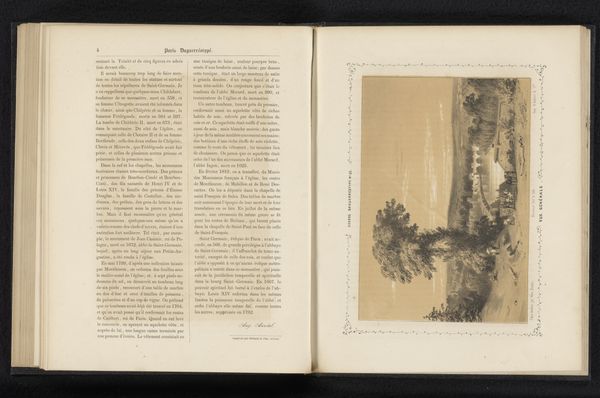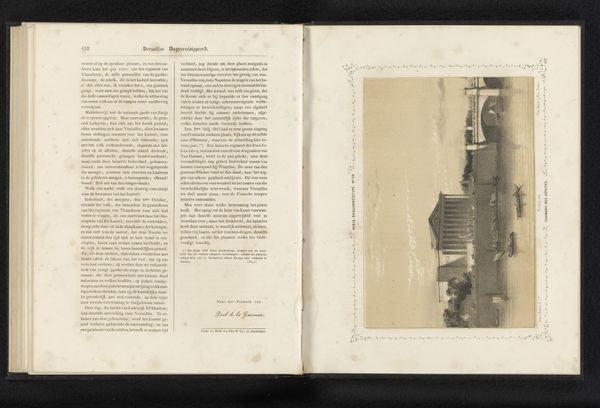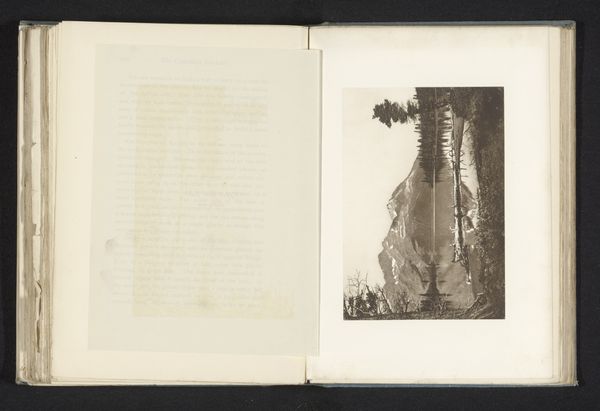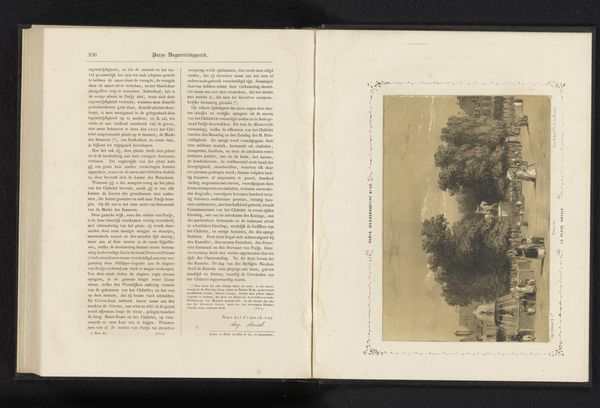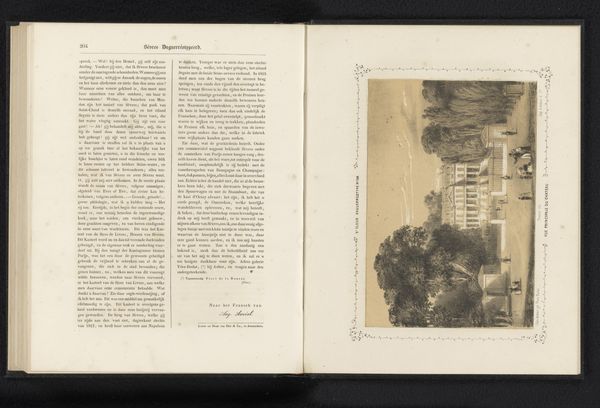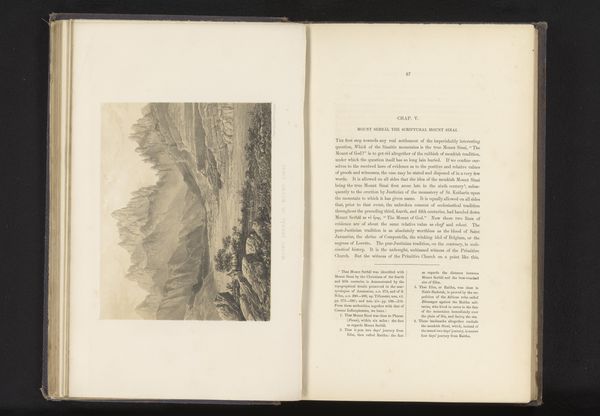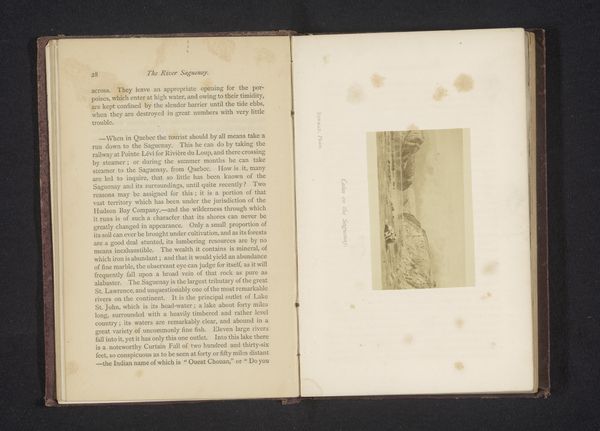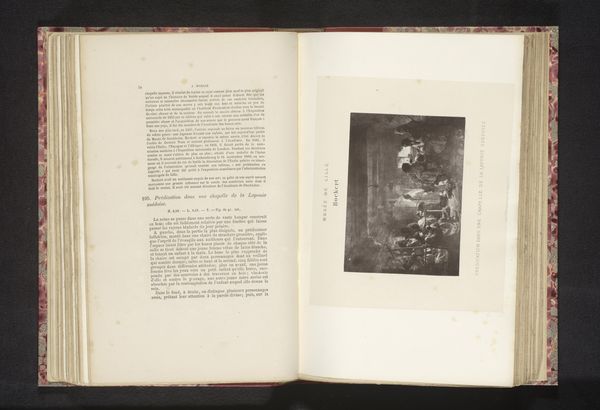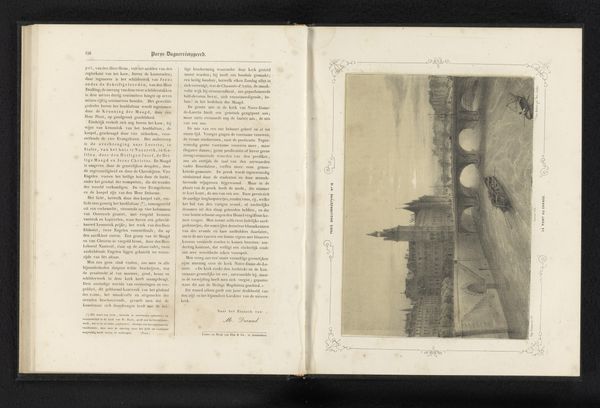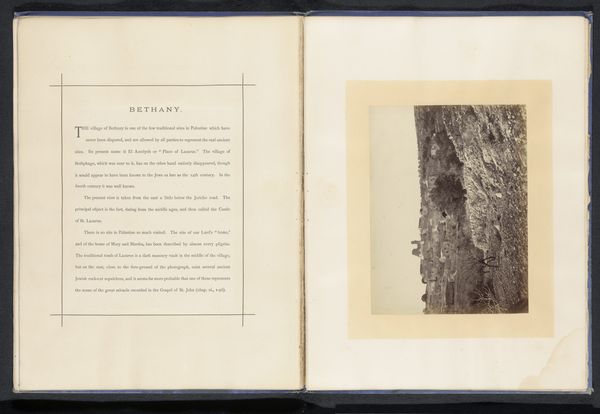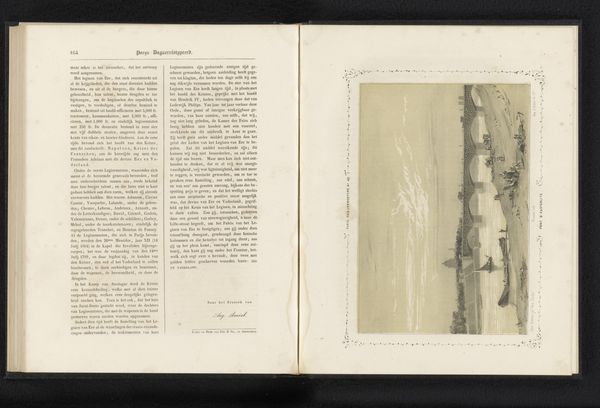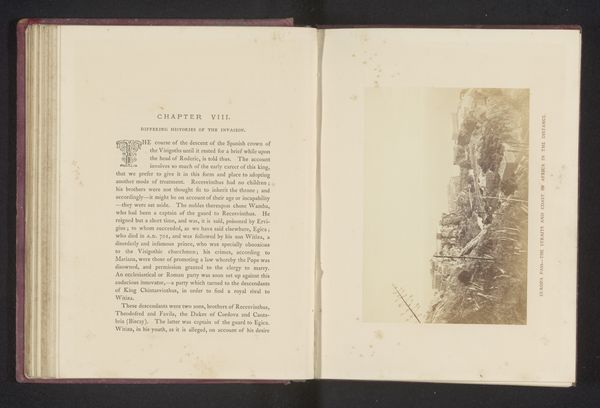
print, engraving
# print
#
landscape
#
engraving
Dimensions: height 210 mm, width 260 mm
Copyright: Rijks Museum: Open Domain
Editor: Here we have "Gezicht in Sèvres," a landscape view rendered as an engraving sometime before 1840 by A. Provost. It’s delicately detailed, almost dreamlike. I find it captivating but also a bit melancholic. How do you interpret this work within its historical context? Curator: Given its existence as a print, it suggests a desire for wider dissemination of this scene, probably aimed at a middle-class audience eager for picturesque views of culturally significant sites like Sèvres. It speaks to the rise of tourism and a burgeoning interest in national identity, wouldn't you agree? Editor: Yes, that makes sense. The print medium implies accessibility and distribution. Did the printing and distribution method have any further implications on the perception of the location portrayed in the work? Curator: Absolutely. The deliberate crafting of the image – the chosen viewpoint, the delicate lines, the way it romanticizes the scene – it's all part of shaping a specific perception of Sèvres. Think about the political and social function that landscapes served in creating a sense of national pride and belonging. Is it depicting an industrialized region or one more quaint? Editor: The picturesque style seems to deliberately obscure any potential industrialization. It reinforces this sort of curated nostalgia, right? A controlled narrative presented for public consumption? Curator: Precisely. And consider the power dynamics inherent in selecting and presenting this particular view. Who gets to define the national narrative, and whose perspective is excluded? Does this print perhaps exclude elements of Sèvres that did not align with the creator’s goals? Editor: That's a perspective I hadn't fully considered. It highlights how even seemingly simple landscape prints can be tools for shaping collective memory. I learned a great deal about seeing beyond the image. Curator: And I’m glad you're asking these questions! Looking critically at how these images were created and circulated opens up so many avenues for understanding the past.
Comments
No comments
Be the first to comment and join the conversation on the ultimate creative platform.
